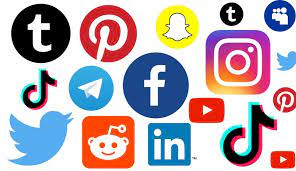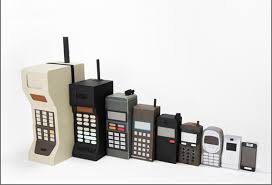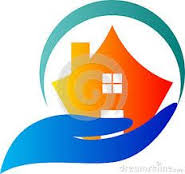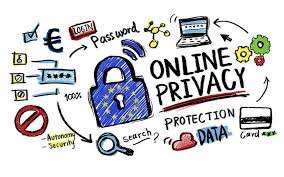The growing ecosystem of devices and products serving peoples’ health and well-being shows us that innovators already see the opportunity to serve the fast-growing market for self-care among people 50 years of age and up.
For nearly twenty years, one thing has felt inevitable: when boomers reach “old age,” senior living demand will surge. And yet ..
ChatGPT Health builds on consumer use of today's ChatGPT so responses are informed by your health information and context.
The prize honors .lumen’s Glasses for the Blind, an AI-based device that applies autonomous driving technology adapted for pedestrians. Using computer vision and local processing, the headset understands the three-dimensional environment in real time without relying on the internet or pre-defined maps and guides the user through subtle vibrations indicating a safe direction to follow.
The United States faces a fundamental mismatch between surging demand and insufficient capacity.

 Once upon a time, there were photo albums. You know, the kind that have leather-like binders, with plastic covers for the prints. People would buy extra prints for their friends and relatives after a big event like a wedding (remember wedding albums?). Binders would fill bookshelves (remember bookshelves? They once held books). Then along came Facebook so that families could keep up with each other’s kid and dog photos. A study in 2013 noted that this was a bit
Once upon a time, there were photo albums. You know, the kind that have leather-like binders, with plastic covers for the prints. People would buy extra prints for their friends and relatives after a big event like a wedding (remember wedding albums?). Binders would fill bookshelves (remember bookshelves? They once held books). Then along came Facebook so that families could keep up with each other’s kid and dog photos. A study in 2013 noted that this was a bit  Shining a harsh light on Facebook – the company. Founded by a near-teenager in 2004, the company is a
Shining a harsh light on Facebook – the company. Founded by a near-teenager in 2004, the company is a  Few of the oldest are ever surveyed about tech adoption – least of all using paper. Link-Age Connect has surveyed the oldest about tech use since 2011, with periodic surveys fielded to older adults via their member organizations. In 2011, that represented 122,000 residents drawn from its member communities across 22 states. The member communities in 2011 distributed 5000 paper surveys and got back 1789 completed, a 35% response rate. Many were completed with assistance for people with limited vision or mobility. All were transcribed for analysis and use in the published report,
Few of the oldest are ever surveyed about tech adoption – least of all using paper. Link-Age Connect has surveyed the oldest about tech use since 2011, with periodic surveys fielded to older adults via their member organizations. In 2011, that represented 122,000 residents drawn from its member communities across 22 states. The member communities in 2011 distributed 5000 paper surveys and got back 1789 completed, a 35% response rate. Many were completed with assistance for people with limited vision or mobility. All were transcribed for analysis and use in the published report,  August should have been a sleepy month – but no.
August should have been a sleepy month – but no.  Technology access is a vital sign. Non-adoption is not an option. Post Covid-19 we have reached a technology dependency level that is worrisome (see
Technology access is a vital sign. Non-adoption is not an option. Post Covid-19 we have reached a technology dependency level that is worrisome (see  It’s a slog searching for data about tech adoption of older adults. So many years of searching and trying to understand gaps in adoption, less and less usable data. Survey organizations exist that track adoption by age (think Pew Research, Nielsen, AARP) – but the frequency with which they publish surveys about technology has diminished over the years. Checking out the main page of
It’s a slog searching for data about tech adoption of older adults. So many years of searching and trying to understand gaps in adoption, less and less usable data. Survey organizations exist that track adoption by age (think Pew Research, Nielsen, AARP) – but the frequency with which they publish surveys about technology has diminished over the years. Checking out the main page of  Honor buys Home Instead: one of the newest acquires one of the oldest.
Honor buys Home Instead: one of the newest acquires one of the oldest.  Innovation is booming in categories to help older adults. Perhaps it’s not surprising that innovation focused on older adults is ramping up – mitigating issues of social isolation, wander risk and safety, engagement, caregiving, financial management and many other categories. Not only was last year a bad year for
Innovation is booming in categories to help older adults. Perhaps it’s not surprising that innovation focused on older adults is ramping up – mitigating issues of social isolation, wander risk and safety, engagement, caregiving, financial management and many other categories. Not only was last year a bad year for  Nobody wants to live in a nursing home. Yeah, yeah. We get it. The NY Times
Nobody wants to live in a nursing home. Yeah, yeah. We get it. The NY Times  We should not accept that we are the product, always sharable. From
We should not accept that we are the product, always sharable. From